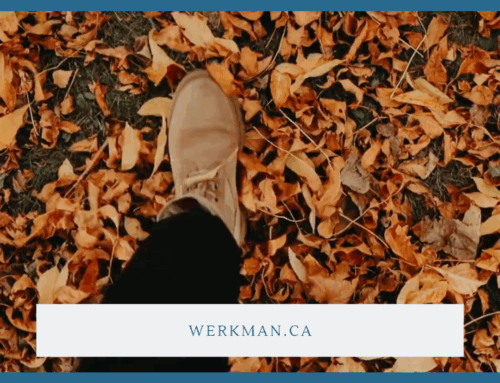Chilblains
Do you ever get that tingly feeling? A few chills? Then itchy. Then painful! 😱 You might have developed chilblains. As we’re in mid-November, the cold temperatures are on their way. Read on to be prepared for a common side-effect of not bundling up well.

Chilblains are reddish-purple, itchy bumps or patches on your skin that appear after exposure to cold, but not freezing, temperatures. Usually, the patches are on your fingers and toes but may appear elsewhere. In the cold, the blood vessels in your toes get smaller. When your toes get warm again, the blood vessels return to their normal size, but if your toes get warm too fast, blood can leak out and cause redness, swelling, blistering, and pain associated with chilblains.
You can do a few things to prevent chilblains and treat the symptoms before they go away in 1 to 3 weeks.
Do’s
Don’ts
Unfortunately, cold weather can be harder for people with poor circulation and diabetes. That’s one of the reasons why it is always a good idea to bring your winter footwear along to your chiropody appointment. Your chiropodist knows your feet and will tell you if your winter footwear has the right support, material, and structure to keep your feet warm and dry. Book your appointment today.
If you have had chilblains once, they will likely come back. So it is important to stay warm and bundle up, especially as the colder temperatures approach. Let’s avoid this tingly feeling this winter.
Contains information from:
“Chilblains.” NHS Choices, NHS, https://www.nhs.uk/conditions/chilblains/.
“Chilblains (Perniosis).” Healthdirect, Healthdirect Australia, https://www.healthdirect.gov.au/chilblains.



